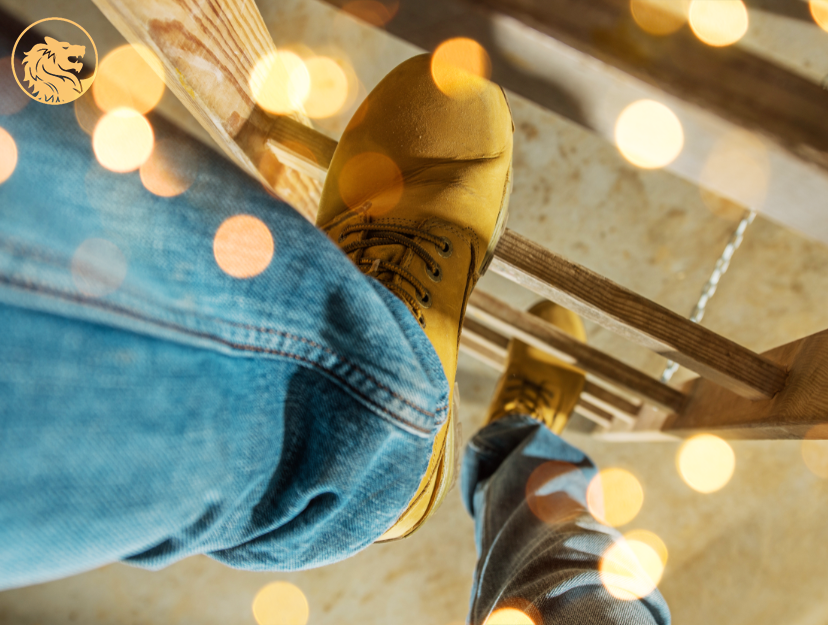
22 Apr Ladder Safety on the Job: Extension Ladders
When using an extension ladder, it is important to remember that there are several characteristics that make them different from other ladders, and you must keep special safety precautions in mind to protect yourself.
How is it Different?
Different from a stepladder that requires level support for all four of its side rails, the extension ladder has only two-level ground support points in addition to a top support. Extension ladders are non-self-supporting adjustable ladders consisting of two or more sections that travel in guides or brackets arranged to permit length adjustment. They are designed for use by only one person.
Height Restrictions
In some cases, work sites may put restrictions on ladder height. When you use longer ladders, you may find that they cannot be set up at the proper 75 ½ degree angle, even when fully retracted. To prevent the bottom of the ladder from sliding out, choose a shorter extension or single ladder.
An extension ladder must extend at least three feet above the top point of support.
Bridging the Gap
At times, using a certain ladder length can create a gap in the height of a wall that can be reached by the user. When working with a 14-foot extension ladder, working from the ladder below 10 feet is a problem, and a stepladder or shorter non-self-supporting ladder is recommended.
Using the Ladder
- When selecting an extension ladder, know that the top of it must extend at least 3 feet above the roof eave.
- Ensure that you are not setting up an extension ladder upside down with the fly section at the bottom and the base section at the top, rung locks engaged.
- When the extension ladder has been used as a single ladder, ensure that all guides or brackets are properly assembled and engaged before you use it.
- Never make an extension adjustment when someone is standing on the ladder.
- Be sure the extension rope is tracking correctly on the pulley before making an extension adjustment.
- Never step or stand higher than the step indicated on the label marking the highest standing level.
- Never attempt to mount the ladder from the side or step from one ladder to another unless the ladder is secured against sideways motion.
Care and Maintenance
- Inspect the ladder thoroughly before you use it each time.
- Clean climbing and gripping surfaces if they have been in contact with oil, grease or other slippery materials.
- Check bolts, rivets, rail connections and anti-slip feet for wear and tear.
- Inspect ropes, cables and pulleys for wear.
- When transporting ladders on vehicle ladder racks, support them properly with wood- or rubber-covered pipe with as little overhang as possible and secure the ladder to each support point.
- If a ladder has been exposed to heat, corrosive substances such as acids or if it has bent or broken side rails, the ladder must be destroyed so that no one is able to use it.
For more information on extension ladder safety, contact your supervisor.




Sorry, the comment form is closed at this time.